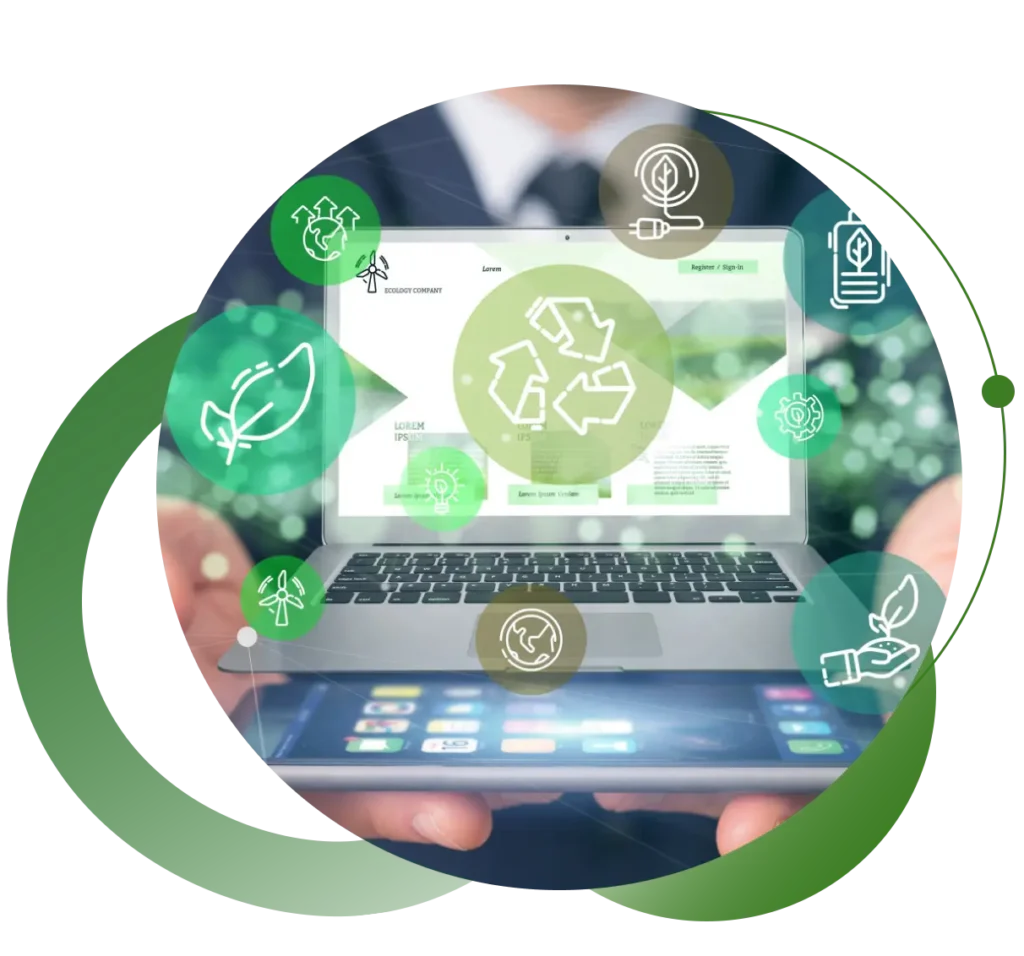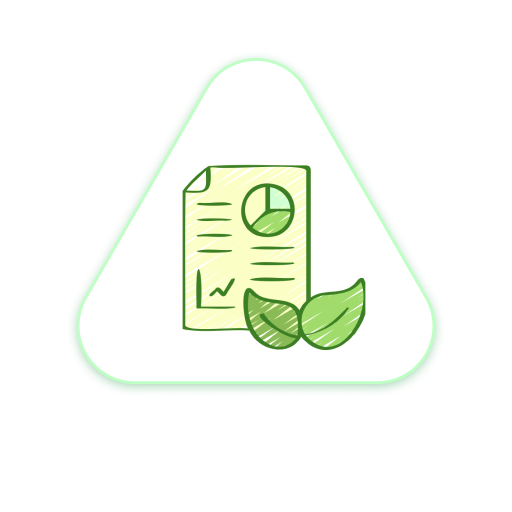Our Comprehensive Approach to Baseline Audit Services
- Consultation and Planning
- Data Collection and Analysis
- Reporting and Recommendations
- Implementation Support
- Monitoring and Continuous Improvement

Three Common Approaches to Conducting an ESG Baseline Audit

Top-Down Approach
- Leadership Engagement: Start by engaging senior leadership to define ESG objectives, set priorities, and allocate resources.
- Materiality Assessment: Identify key ESG issues relevant to the organization’s business model, industry, and stakeholders.
- High-Level Review: Conduct a broad assessment of ESG performance, focusing on overarching policies, governance structures, and strategic initiatives.
- Risk Identification: Identify ESG risks and opportunities that may impact the organization’s long-term sustainability and resilience.
- Stakeholder Engagement: Seek input from internal and external stakeholders to understand their expectations, concerns, and priorities regarding ESG performance.

Bottom-Up Approach
Data Collection: Start by collecting data on specific ESG indicators, such as energy consumption, waste generation, employee diversity, and community engagement activities.
Departmental Assessments: Engage individual departments or business units to assess their ESG practices, processes, and performance metrics.
Gap Analysis: Compare current ESG practices against established benchmarks, industry standards, and regulatory requirements to identify areas for improvement.
Employee Engagement: Involve employees at all levels in the audit process to gather insights, foster buy-in, and promote a culture of sustainability.
Operational Efficiency: Identify opportunities to enhance operational efficiency, resource optimization, and cost savings through improved ESG practices.

Integrated Approach
- Holistic Assessment: Combine top-down and bottom-up approaches to conduct a comprehensive evaluation of ESG performance across all levels of the organization.
- Cross-Functional Teams: Form cross-functional teams to facilitate collaboration, knowledge sharing, and alignment of ESG efforts across departments and functions.
- Continuous Feedback Loop: Establish mechanisms for ongoing feedback, communication, and learning to ensure that ESG considerations are integrated into decision-making processes.
- Technology Integration: Leverage technology solutions, such as ESG management software and data analytics tools, to streamline data collection, analysis, and reporting processes.
Navigating Sustainability: The Role of an ESG Baseline Audit


Foundational Step
Strategic Starting Point: Our ESG baseline assessment serves as the cornerstone of your sustainability strategy, providing a comprehensive overview of your current ESG landscape.
Visionary Insights: By illuminating your organization’s present position, we enable you to envision a future aligned with your sustainability aspirations.

Performance Benchmarking
Measuring Effectiveness: Through meticulous data gathering and analysis, we establish a performance benchmark against which the success of future initiatives can be gauged.
Continuous Improvement: Armed with a baseline, we empower you to monitor progress, identify areas for enhancement, and drive continuous improvement in your sustainability practices.

Tailored Solutions

Partnering for Progress

Governance Excellence and Ethics

Continuous Improvement in ESG Practices
- Explore our related services
ESG Audit Services

Baseline Audit



